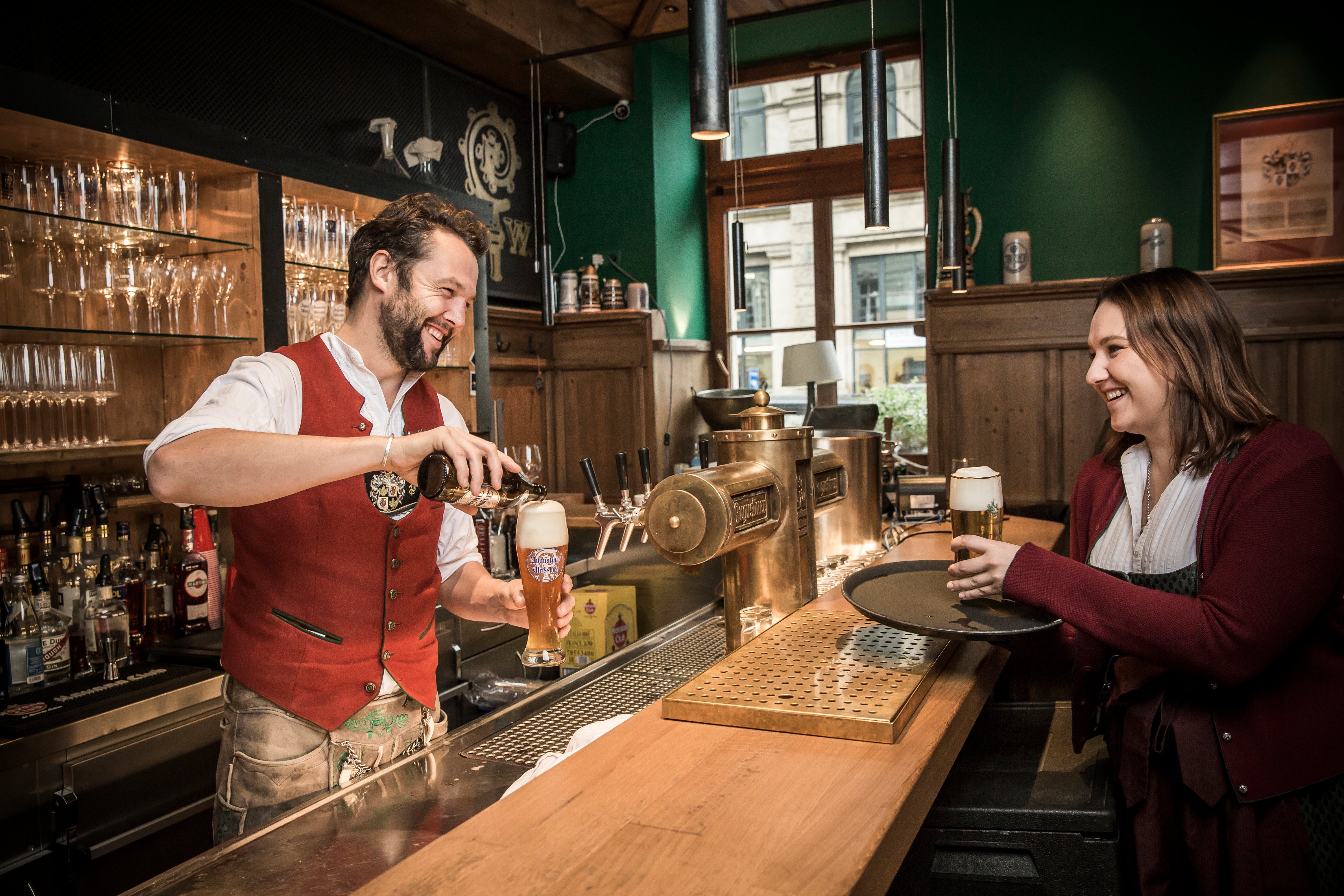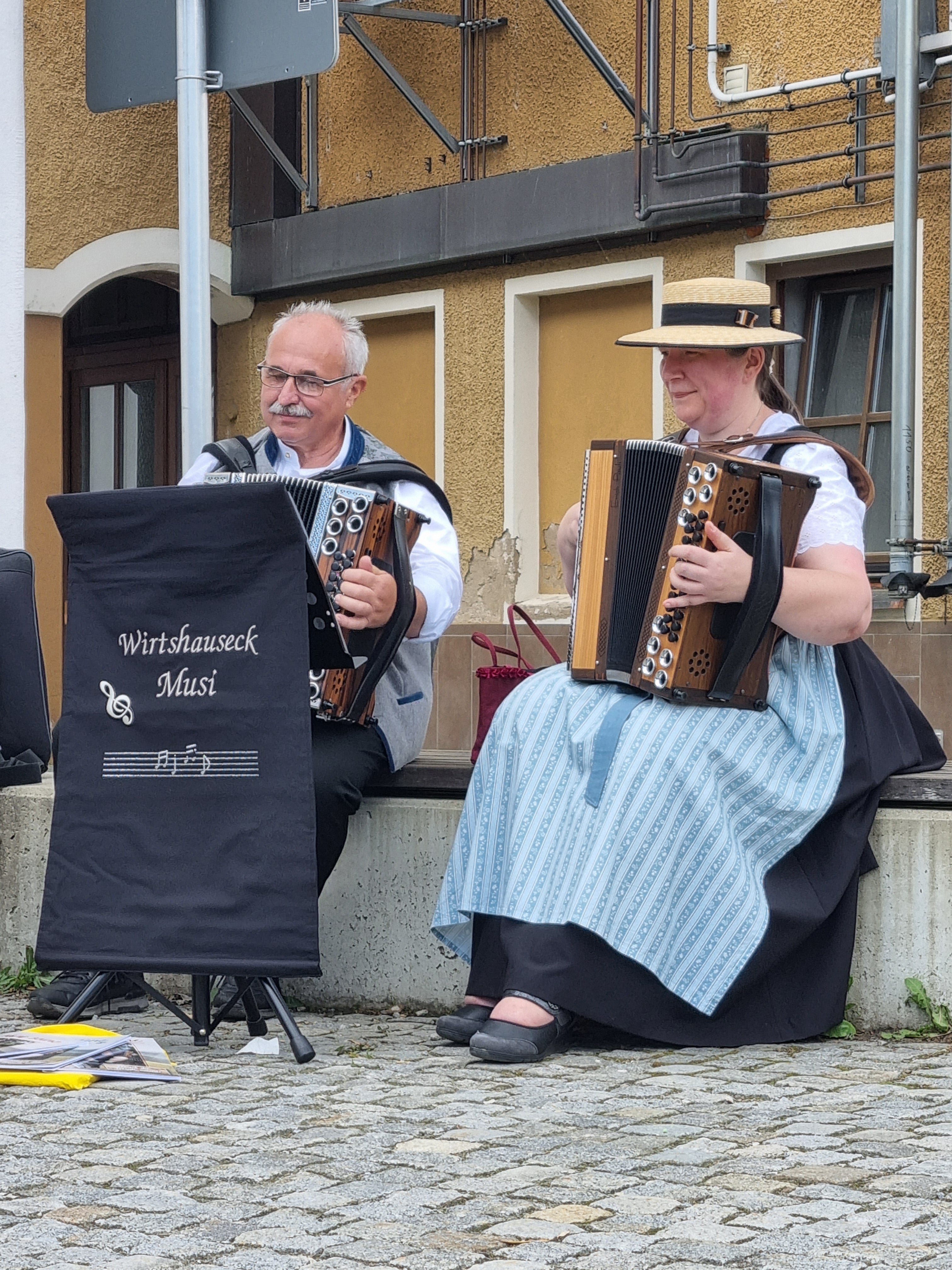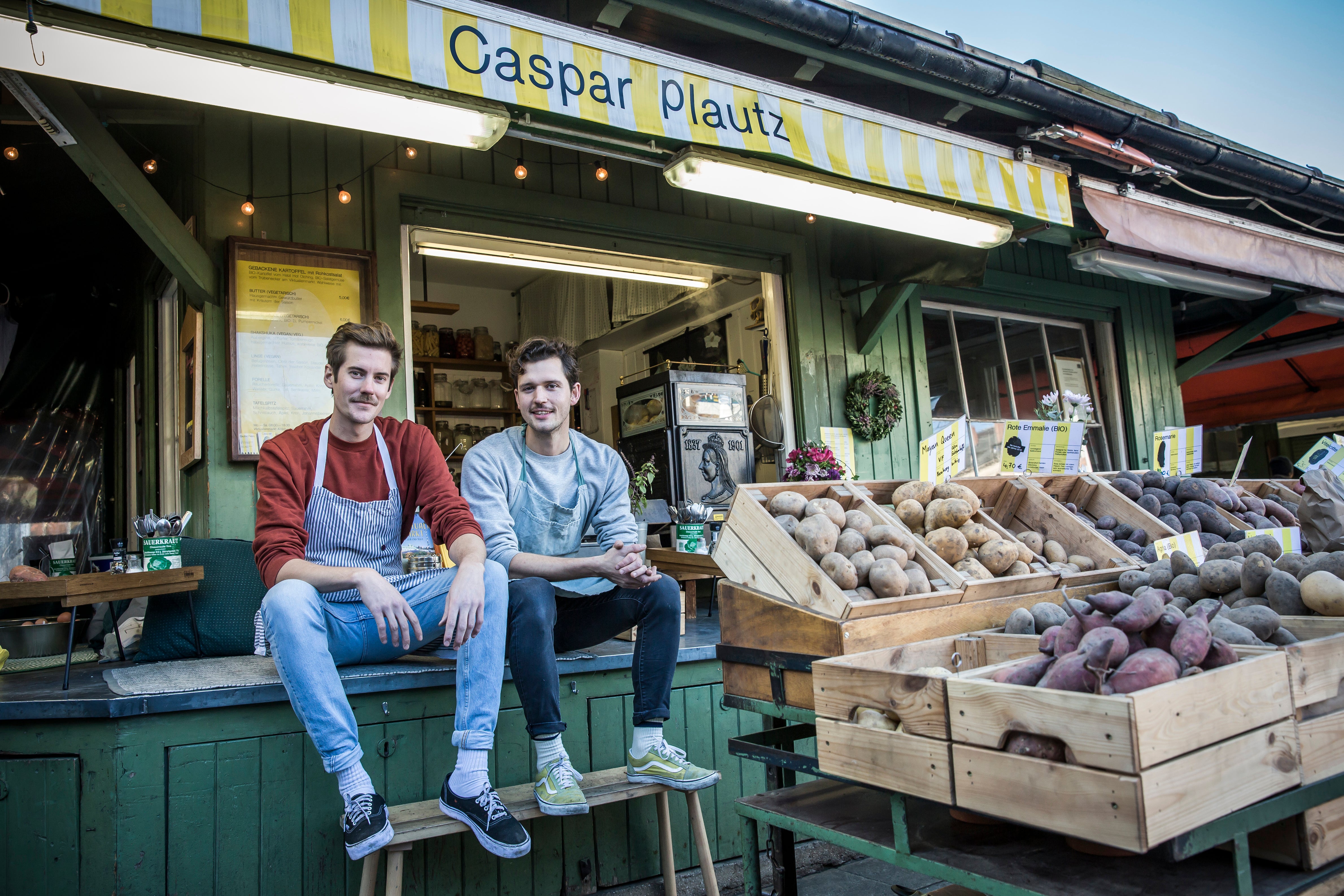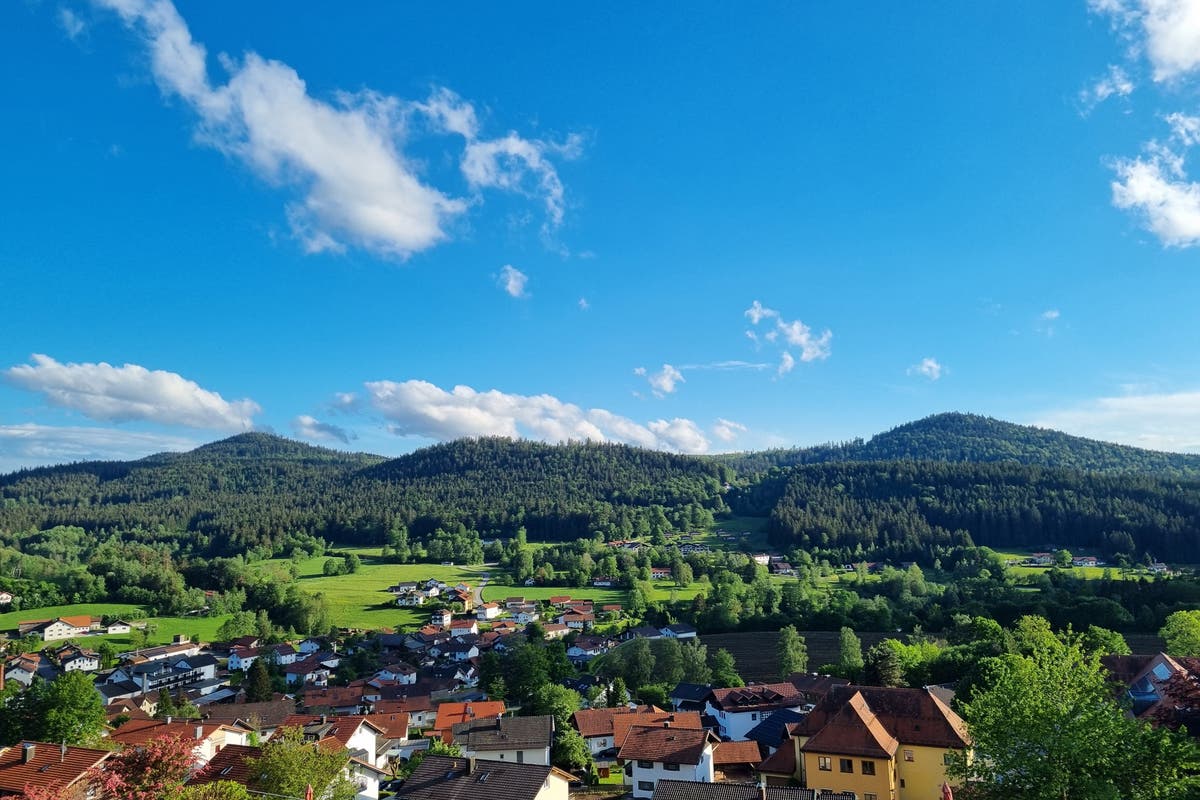Tucked into the southeastern corner of Germany, bordering Austria and the Czech Republic, is Bavaria, a region of enchanting landscapes, rich history and vibrant culture.
While many stop at visiting the busy metropolis of Munich, step away from the city and you will find alpine landscapes, fairytale castles, tranquil lakes and dense forests.
I am here for a weekend break to see what a place once jokingly described by Germany’s former head of state, Roman Herzog, as the ‘land of laptops and lederhosen’ has to offer.
I arrive at Wellness Hotel Hofbrauhaus, in the hilltop town of Bodenmais. Set against a serene backdrop of lush forests, it is a sanctuary for relaxation and rejuvenation.
My room features a balcony, with panoramic views of the valley, and overlooks one of the three pools this state-of-the-art wellness and spa facility has to offer. I waste no time in taking advantage and head straight for a dip.

The Bavarian Forest is a natural paradise in the summer months for hikers, cyclists and wildlife lovers, with an extensive network of trails. In the winter months, the region transforms into a snowy wonderland, offering excellent opportunities for winter sports.
I meet Tobias Wolf from Bodenmais Tourism for a guided hike through the forest to Riesloch Waterfalls.
With well-marked yet sometimes perilously narrow paths, the trail is moderately challenging, but the incredibly fresh air spurs me on. At one point, as we make our final ascent, I find myself crawling up the rocks.
These waterfalls are the highest in the Bavarian Forest region and as they cascade down the rugged terrain. The sight and sound of them has me transfixed.
The trail back down is far less challenging, giving the chance to appreciate the beauty and nature of the forest. I even spot a salamander casually crossing my path.
After a refreshing night’s sleep, I wake with a spring in my step, ready to head to the nearby Drumherum Festival.
Bavarian folk music and dance are integral to the region’s cultural fabric and traditional music, often performed by oompah bands, and accompanies many local festivals and events.

Taking place every two years, Drumherum is a free festival that has been around since 1998. More than 350 musicians and singers come from all over Bavaria and beyond to showcase and honour the diverse music of the region.
Unique to the festival is that it runs purely off its reputation. The musicians ask to play here and receive no payment. The emergence of Drumherum has also sparked many smaller festivals throughout the year, boosting the local economy.
I meet with Katharina Mayer, a local dance teacher, who kindly demonstrates some basic traditional dances, enabling me to participate without looking like too much of a novice.
I stand back, however, to watch the schuhplattler – a traditional Bavarian dance involving stomping, clapping and striking the soles of the shoes.
Bavaria’s cultural identity is proudly showcased through its myriad of festivals. The most famous is the annual Oktoberfest in Munich. A world-renowned event, it attracts millions of revellers every year who come to sample the Bavarian beer, hearty cuisine and lively music.
No trip to Bavaria is complete without a visit to Munich, the region’s capital and a city where tradition and modernity coexist. Known for its high quality of life, cultural scene and economic prowess, it’s been selected as one of the host cities for the Euro 2024 football tournament. It certainly has a buzz around it when I visit.
I head just south of the centre to the vibrant district of Glockenbachviertel. Once a traditional working-class area, the district is now a trendy hotspot, with streets lined with cozy cafes, restaurants, bars and eclectic, independent shops. It is a melting pot of cultures and lifestyles.
Despite its urban setting, Glockenbachviertel is an area renowned for its green spaces, most notably the Isar River with its scenic walking and cycling paths that lead all the way to Vienna. It is also a popular spot for wild swimming.
As lunch approaches I head to Viktualienmarkt, a bustling open-air market that has been part of Munich’s culinary scene for more than 200 years.
The market features more than 140 stalls, selling everything from fresh fruits and vegetables to meats, cheeses and baked goods. The smells are divine. Caspar Plautz is my choice and, by the looks of it, it is a popular one.
Owners Theo Lindinger and Dominik Klier have transformed traditional potato fare into creative dishes incorporating Bavarian delicacies. I choose pulled pork and as soon as I taste it, I understand the reason for the queues.

I decide to head to the Englischer Garten for my final afternoon, Munich’s largest park and one of the biggest in the world. The Garten is a recreational dream with everything from yoga and tai chi to horse riding and surfing. My choice, however, is to relax in the Chinesischer Turm beer garden and savour a traditional Bavarian beer or two from one of the region’s world-famous breweries.
Bavarian cuisine is a hearty affair, with dishes that reflect the region’s agricultural bounty and culinary ingenuity and this is no more so than at Xaver’s, where I am lucky enough to have a reservation this evening.
A family-run establishment, the atmosphere is friendly and relaxed as the servers efficiently deliver steins of beer clad in traditional lederhosen and dirndl (a women’s folk dress). The restaurant was designed to put traditional Bavarian fare back on the map in Munich and, packed with a loyal clientele, it is safe to say it has been successful. I choose the schweinebraten, a staple in Bavarian restaurants, accompanied by dumplings and sauerkraut.
Following a hearty meal, I head back to my hotel via Marienplatz, Munich’s central square and home to the famous Glockenspiel. A vibrant and historical landmark, Marienplatz has been the city’s main gathering place for centuries.
Dominating the square is the New Town Hall. Gothic revival in style, its imposing facade makes it a focal point. It is here I find my Bavarian adventure drawing to a close.
The city is celebrating 75 years of democracy and I am lucky enough to spend my final evening watching the spectacular light show streamed upon the town hall in celebration.
As the crowds gather and the light fades, I drink in the atmosphere. Nowhere else would you find such a diverse amount of people gathered to observe such a spectacle.
This is my final experience of Bavaria and it certainly leaves a lasting impression. As the crowds disperse, I find myself ambling back through the bustling streets.
One thing is for sure, whether you are seeking adventure in the mountains, tranquility in the forest or a cultural immersion in the region’s towns and cities, Bavaria promises an unforgettable journey.
For more information on the destination, visit bavaria.travel
Read more: Best budget European city break destinations: Value hot spots for your bucket list

